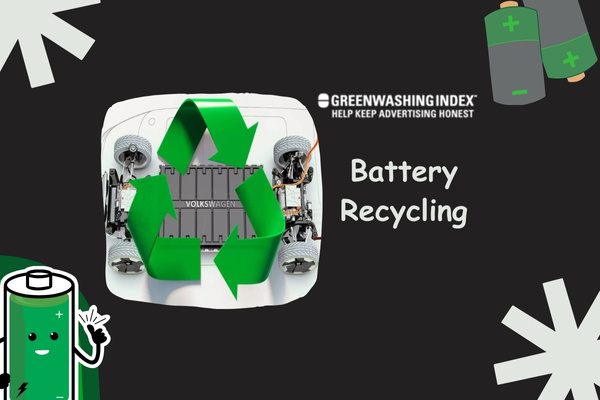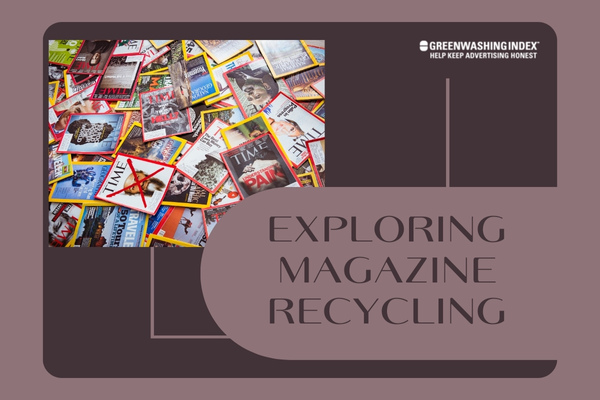Imagine it’s finally spring cleaning season, and you come across a stash of old batteries. Warning bells should ring because tossing them out is a big no-no for the planet! Batteries hold chemicals that can mess up our beautiful Earth if we just treat them like any old trash.
That’s why battery recycling isn’t just good; it’s crucial. Stick with me, and we’ll journey through the simple steps to become a pro at eco-friendly battery disposal.
Have you ever wondered how exactly your little actions can make a world of difference? Well, proper battery recycling is one of those actions. By choosing to recycle batteries, you’re cutting down on pollution and saving valuable materials from going to waste. It’s all about giving those batteries a new life while keeping our land and water clean.
The Importance of Battery Recycling
When I think about battery recycling, it’s clear that understanding why we need to do it is just as important as knowing how. Batteries are everywhere in our lives—our phones, laptops, cars, and more.
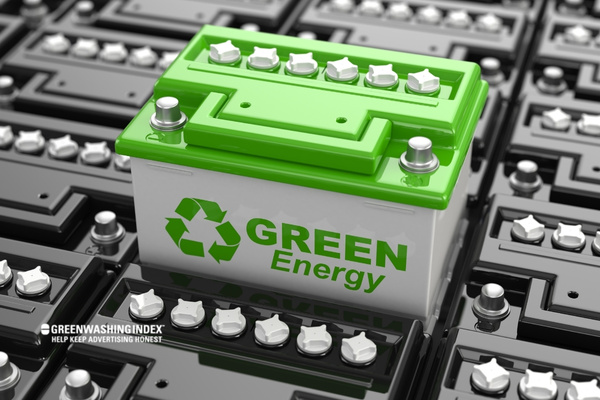
They make things work when we can’t plug them into the wall. But what happens when they stop working? That’s where battery recycling becomes important.
The Environmental Impact of Disposed Batteries
Batteries might look small and harmless but don’t let their size fool you. When thrown away, they can hurt our planet a lot. You see, inside batteries are chemicals and materials like lead, cadmium, mercury, or lithium that can be really dangerous.
Here’s what could happen if we don’t recycle batteries:
- Leakage: Those bad chemicals might leak out into the ground.
- Water Contamination: If they get into the water underground (we call this groundwater), they can poison our drinking water.
- Harmful to Animals: These toxic substances could hurt animals if they eat plants or drink water with these chemicals in them.
- Air Pollution: Some batteries get burned up with other trash. This releases harmful gases into the air — bad for us to breathe in.
So throwing away batteries is a no-go because it leads to really unhealthy outcomes for everything around us—people, plants, animals—and even the air!
The Role of Battery Recycling in Sustainability
Now let’s chat about how battery recycling helps keep things green and clean:
- Conservation of Resources: Battery recycling means we get back some materials from used-up batteries that we can use again!
- Less Pollution: By recycling batteries instead of chucking them out like regular trash, there are fewer yucky leaks and air pollution.
- Energy Savings: It uses less energy to make new stuff from recycled materials than starting from scratch which reduces carbon emissions — those are the ones contributing to climate change.
- Green Jobs: More battery recycling means more jobs for people who know how to handle this kind of process safely.
That’s why you hear more people talk about sustainable practices these days—a big part includes being smart with waste like old batteries.
So every time a dead battery comes back through recycling instead of ending up in a landfill or incinerator, it’s like giving Mother Nature a helping hand! Little actions add up over time; before you know it – thanks to all those little steps – we’re living in a cleaner world without putting extra pressure on our lovely planet Earth.
Remembering all this makes me take my time sorting through old gadgets’ power cells because I know each one has its place—not just tossed aside but given new life through eco-friendly disposal called “battery recycling.” Let’s all charge up our efforts to make sure these handy companions end their service responsibly!
Also Read: Shoe Recycling Made Easy: Your Ultimate Guide
The Basics of Battery Recycling
Battery recycling is a process that I think about as both simple and vital at the same time. It’s where we take used batteries and do something good with them instead of just throwing them away.
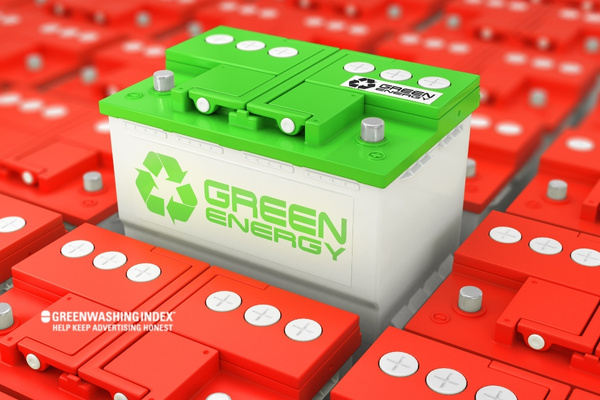
When we just toss batteries in the trash, they can hurt our planet with nasty chemicals. But when we recycle them, we get to use those materials again, and that helps us keep the earth cleaner.
The Lifecycle of a Recycled Battery
Now let me walk you through how a battery gets to live on after being recycled:
- Collection: First off, people bring their used batteries to special places—like stores or recycling centers—that collect them for recycling purposes.
- Sorting: Then comes sorting. Because not all batteries are alike (some are rechargeable while others aren’t), they need to be sorted into different groups based on what’s inside them.
- Processing: After sorting comes processing where things get technical – kind of like breaking down a puzzle into its pieces again. This step often involves treating high-temperature methods that melt down the metals or chemical treatments – it depends on what type of battery it is.
- Extraction: The following processing is extraction: here’s where the valuable metals are separated out from all other stuff that was part of the battery like plastic casings.
- Refinement: These extracted metals aren’t perfect yet; they need some cleaning up through refining so any impurities left over are removed.
- Reuse in New Products: Lastly, once everything has been cleaned up nicely and tidily, these refined materials become ready for their new life in fresh products — not just more batteries but even things like bikes or computers!
Each step I shared above matters because every single part plays its role in keeping harmful substances away from nature while putting useful elements back into use! That’s kinder for our planet—and smarter too since it means less waste and better resource management!
Also Read: Lithium-Ion Battery Recycling Guide: Ultimate Sustainability Tips
Where to Start with Your Own Battery Recycling?
When it comes to battery recycling, knowing where to begin can feel like a puzzle. But worry not, it’s simpler than it might seem at first. The most important part is finding where you can take your used batteries for safe and eco-friendly disposal.
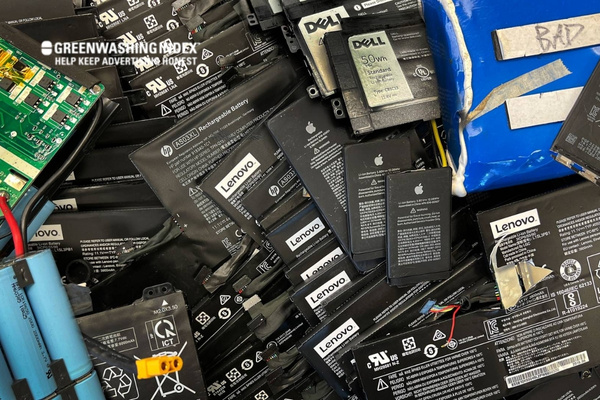
Locating Nearby Battery Recycling Centers
If you’re thinking about how you can start recycling batteries responsibly, a great first step is finding a local drop-off location that accepts them. Here’s what I usually do:
- Step 1: Search Online – The easiest way to locate a nearby battery recycling center is by doing a quick internet search. You can use simple terms like “battery recycling near me” or “where to recycle batteries in [your area].”
- Step 2: Use Specialized Websites – There are specific websites dedicated to helping people find their nearest recycling points for all types of items, including batteries. Earth911 is one such example; just enter the type of battery and your zip code, and it will show you the closest drop-off spots.
- Step 3: Check Retail Stores – Many retail stores offer battery recycling as part of their customer service. Places that sell electronics or home improvement supplies often have bins right at the entrance where you can leave your old batteries.
- Step 4: Contact Local Waste Management – Sometimes local authorities have designated days when they collect hazardous waste like batteries from residents. Call them up or check their website for such events.
Now let me tell you this: Even though we’ve gone digital in many areas of life, some things still need proper disposal – like batteries! So checking around your community is definitely worth the effort if it means helping our environment.
Mail-In Programs for Convenient Battery Recycling
But what if there’s no easy way to get those used-up energy cells to a facility? That’s where mail-in programs shine!
Here’s how these programs work:
- Firstly, find a mail-in program online by searching “battery mail-in recycling program.” A lot of these services are offered by companies dedicated to sustainable practices.
- Once you’ve picked one out, they’ll usually send over some instructions along with packaging materials specifically meant for shipping batteries safely (because safety always comes first).
- After packing up your dead batteries according to instructions (usually involves taping ends and avoiding terminals touching each other), just pop that package in the mail back to them!
Now isn’t that convenient? And while it might cost a little bit in postage or fees (some programs are free), think about the environmental impact —it’s surely worth those few extra bucks!
Remember friends: Sustainable practices aren’t always hassle-free, but taking small steps like participating in battery recycling can do wonders over time.
Whether you find a community bin or go with mail-in options, every eco-friendly disposal counts towards a cleaner planet! Let’s keep on spreading green habits wherever we go; our Earth certainly deserves all our care and love!
Also Read: Metal Recycling: Your Guide to Sustainable Disposal
Step-by-Step Guide on Recycle Different Types of Batteries
Recycling batteries is important for our Earth. It helps keep the air and water clean. So, it’s good to know how to recycle different kinds of batteries. Let me guide you on how to do it right.
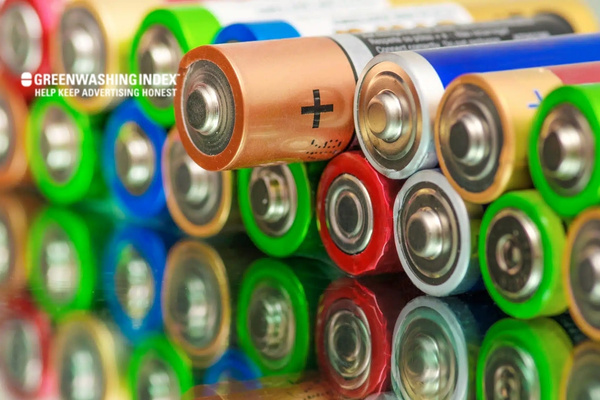
Proper Disposal of Single-Use Batteries
Single-use batteries are common, but many people aren’t sure what to do with them when they’re dead. Here’s a step-by-step list:
- Find a recycling center: Look for places near you that take single-use batteries for recycling.
- Prepare your batteries: Put clear tape over the ends of each battery or put each one into its own plastic bag.
- Store safely: Keep used batteries in a cool, dry place away from things that can catch fire until you can drop them off.
- Transport with care: Take the bagged or taped batteries to the recycling spot.
Always check local rules because some places have special ways they want you to get rid of these types of batteries.
Handling Lithium-ion Batteries Responsibly
Lithium-ion batteries power lots of things like phones and laptops. They can be dangerous if not handled right when we recycle them.
- Cool down: If the battery is hot, wait until it’s cool before touching it.
- Tape the contacts: Put clear tape over the metal parts that connect to devices (the contacts).
- Separate carefully: Carry these separately from metal objects because if two meet, they could start a fire.
- Use a container: Store them in a plastic bucket or bin meant for old lithium-ion battery collection.
- Visit an expert place: Take them only to spots that know how to handle these types properly – like electronics stores or hazardous waste centers.
Remember – safety first! Don’t try crushing, bending, or taking apart lithium-ion batteries by yourself.
Treating Nickel-Cadmium and Other Specialty Batteries
Nickel-cadmium (NiCd) batteries and others like nickel-metal hydride (NiMH) need attention too when thrown out.
- Identify your battery type:
- NiCd: Small rechargeable found in tools and devices
- NiMH: Often sold as AA or AAA rechargeable
- Drain energy:
- Use up the remaining charge before starting
- Pack properly:
- Either bag individually or tape over contacts
- Find their home:
- Locate facilities where specialty battery recycling happens
- Follow specific instructions:
- Some might need you to fill out forms/labels
When getting rid of these special types follow all steps exactly because they’re different from regular ones and can be harmful if thrown out wrong.
By following this simple guide I’ve shared, each one of us can play our part in eco-friendly disposal and sustainable practices while limiting environmental impact through responsible battery recycling!
Also Read: Monitor Recycling: Your Ultimate Easy Guide Today!
Common Mistakes in Disposing Old Batteries
When it comes to getting rid of old batteries, many people make big mistakes. Here are some you should avoid:
Why You Shouldn’t Toss Them in Regular Trash?
Throwing old batteries in the regular garbage is a bad idea. Here is why:
- Harmful Chemicals: Batteries have bad stuff inside like lead, mercury, or cadmium. When they break open in landfills, these chemicals can leak out.
- Water Pollution: If these chemicals get into the ground, they can reach our water supply and pollute it.
- Hazard to Animals and Plants: The chemicals can hurt plants and animals. They might eat battery pieces or get poisoned by the soil.
- Fire Hazard: Sometimes, a battery can catch fire or explode if it’s crushed or heated up when mixed with other trash.
So don’t throw batteries away with your regular garbage!
Risks Associated With Hoarding Dead Batteries
Keeping dead batteries around your house isn’t safe either. Here’s what could go wrong:
- Leaking Hazard: As batteries get older, they can start to leak. The bad chemicals inside could hurt you or ruin your stuff.
- Accidental Mixing: If dead and live batteries mix together, it might cause problems like leaks or even fires.
- More Waste Later: You might think that holding onto them will mean less waste now but letting them pile up will just make a bigger problem for later.
It’s best not to keep those old batteries lying around.
The Perils of Attempting to Recharge Non-Rechargeable Models
Trying to recharge non-rechargeable batteries is very dangerous. Please don’t do this! Let me tell you why:
Possible Explosion:
- If you try to charge a battery that’s not meant to be recharged, it might explode because of pressure build-up inside.
Battery Damage:
- Even if it doesn’t explode right away, forcing current into a non-rechargeable battery can damage its structure and make it unsafe.
Toxic Fumes:
- Mucking about with batteries this way could release nasty fumes that are harmful when breathed in.
Please be careful and only recharge batteries that say they’re “rechargeable”.
Remember these tips about battery recycling! It helps us keep our world clean and safe for everyone.
FAQs
How often should I recycle my batteries?
You should recycle your batteries as soon as they no longer work. Don’t throw them in the trash; instead, keep them aside until you can take them to a proper recycling center.
Are all types of batteries recyclable?
Yes, most battery types are recyclable. This includes the ones from your car, phone, laptop, and standard AA or AAA batteries. Each kind has its own way of being recycled.
Is battery recycling free?
Often, yes. Many stores and recycling centers will take your old batteries without charging you a fee. However, some places might charge a small amount for certain types of battery recycling.
Can I recycle my cell phone or laptop batteries at home?
No, you shouldn’t try to recycle these at home due to potential risks like toxic chemicals leaking out. They need special handling which is done at professional recycling facilities.
Conclusion
In wrapping up, I can’t stress enough the importance of battery recycling in our quest for a more sustainable world. While it may seem like a small act, properly disposing of batteries makes a significant difference in reducing environmental harm.
By following the guidelines outlined above, each of us can contribute to eco-friendly disposal practices that benefit both the earth and future generations.

